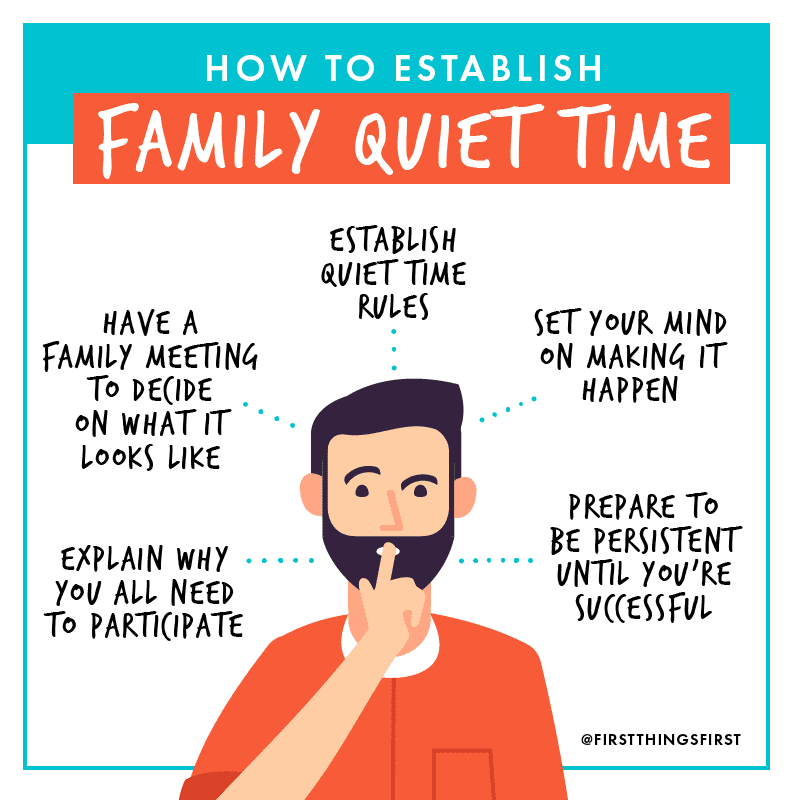In a time of remote work, remote school, and social distancing, how you communicate with your co-workers is extremely important. Hard conversations with co-workers can cause a certain level of uneasiness. It can often be difficult to know how and when to approach a certain topic or situation. Thanks to COVID-19, stress levels for many working remotely (I’m in that boat), parents uncertain about school (Hey, that’s my boat, too!), and those who have continued to report to work amid a pandemic (that’s my wife’s boat) have been elevated. Some of these “boats” often seem like “sinking ships,” and a lack of or unclear communication can be the iceberg that takes the ship down.
So how do we approach these tough conversations when we are not all present in the same place?
First and foremost, we need to identify the issues that we are having.
- Do you feel like someone has unrealistic expectations of you?
- Do you have unrealistic expectations of or resentment toward co-workers?
- Are you overworked or under-worked?
- Do you feel that your co-workers are not sensitive to your particular situation?
- Do you feel like others are not carrying the same workload as you?
All of these can lead to unnecessary stress, and the solution for many of them is communication and clarity.
- Pick the right time. How and when we communicate can be just as important as what we communicate. We want to be cognizant of the setting of these hard conversations with co-workers. We may not have the ability to be face-to-face so we need to take extra precautions to ensure we are able to talk whether over the phone or via video. Choose a time that is convenient for all involved parties and sensitive to everyone’s schedules. Make sure you are not stressed, tired, or hungry. ☆ Also, remove distractions as much as possible. (Silence your phone and set it aside. Turn off notifications on your computer or tablet.)
- Ask questions and listen. There could be a simple misunderstanding or lack of feeling heard. Listen to your co-workers and ask questions. Be sure you are expressing your perspective clearly and without assumptions. Lack of clarity can lead to many misunderstandings within the workplace, and this time of working remotely can greatly affect clarity. In the words of Stephen Covey, “Seek first to understand, then to be understood.”
- Be intentional with your conversation. Identify what the issue is and stay on topic. It’s easy to get sidetracked, but the focus must be on addressing the root of the conflict and resolving it.
- Don’t assume. As stated earlier, ask clarifying questions. (I am not a mind reader, and I am sure you are not either.)
- Choose your words wisely. Express what you are feeling, but avoid doing so harshly. Think through what you want to say. (Something I had to learn was to pause, breathe, and think before I respond or say something that could be harsh.)
- Don’t forget the positive. Even difficult conversations have room to share the positive. Praising the work or contribution of team members may be more important now than ever.
- Seek a resolution. Work together to resolve the root of the problem or conflict. Come up with a solution collectively. Compromise may be needed, but you will be stronger as a team if you can resolve the issue, learn from the situation, and move forward together.
I have heard it said that we are not all in the same boat but we are all in the same ocean. We each have different circumstances and stresses that affect our relationships. Don’t let your relationships suffer because of misunderstandings, unspoken expectations, and unresolved issues. You have the ability to navigate difficult conversations with co-workers and come out stronger. Difficult times often produce immense growth.


